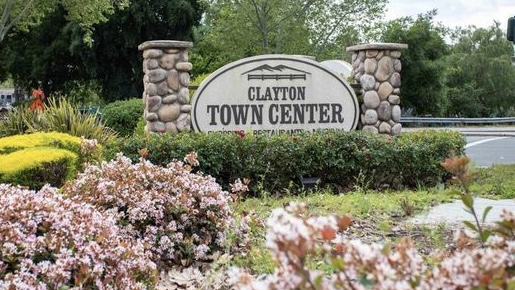Loans in a pinch
Money drops into an emergency piggy bank. At Diablo Valley College, select students experiencing financial hardship may be nominated by faculty or staff for a 30 day emergency loan.
September 9, 2017
For students who are experiencing difficulty securing funds before the start of the semester, Diablo Valley College may be able to help.
The Emergency Loan Program was started several years ago as a way to assist select students who are experiencing a temporary inability to pay tuition, and would otherwise be forced to drop their classes.
Student Services offers a thirty day loan to keep these students enrolled while they wait for other funds to come through.
“The DVC Emergency Loan Program is employee funded. Employees donate money to fund the program on a voluntary basis,” says Emily Stone, dean of Student Services and the administrator in charge of the program.
She explains that a student must be nominated by a faculty member or manager, have a GPA of 2.5 or higher, and be enrolled in at least six units. The faculty member or manager assesses the students need and then makes a recommendation for an amount to be awarded within the $300 limit.
However, these loans are not doled out frequently Stone stresses. “Funds are very limited and the ability to award loans is contingent upon students repaying them, therefore it is not widely advertised.”
Only ten to twenty students are awarded an emergency loan in a given year, the student has to have proof that they will be able to secure the necessary funds in order to qualify, and it must be repaid within the thirty days. “It is reserved for extreme financial hardship as determined by the person who is nominating,” says Stone.
Diablo Valley College is not alone in offering emergency loans. Other universities, such as those in the University of California and California State school systems, have similar programs which attempt to offer relief from the multitude of issues that students face in paying for college.
Due to mistakes made on the free application for Federal Student Aid, known as FAFSA, students can experience significant delays in receiving student aid. The National Association of Student Financial Aid Administrators, or NASFAA, publishes a list of sixteen errors students and parents commonly make while filling out the application which can prevent funds from clearing.
These include using commas or decimal points in numeric fields, and forgetting to properly sign and date the application.
Congress attempted to streamline the FAFSA process and eliminate some of the bureaucratic hurdles involved by enacting the data-retrieval tool. This automatically transfers a student or parents’ income information from their tax return to the FAFSA application. But in March, the tool was suspended. The Department of Education and IRS explained that this was a “precautionary step following concerns that information from the tool could potentially be misused by identity thieves.”
To avoid delays and scrambling, NASFAA advises students to apply early and, if possible, to utilize the online application called FAFSA on the Web or FOTW.
“It is easier to complete because it uses skip-logic to only ask relevant questions. In addition, FOTW will be processed faster and will likely be more accurate because the FAFSA website is designed to catch common errors,” states NASFAA.
They also offer a financial aid timeline at their website www.nasfaa.org.








































































